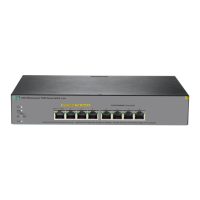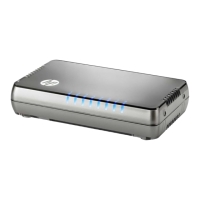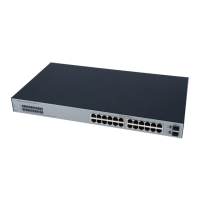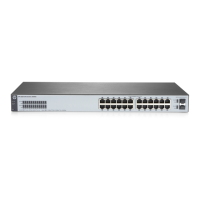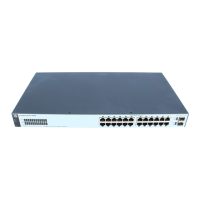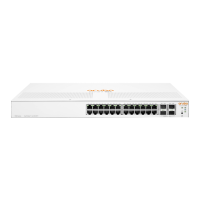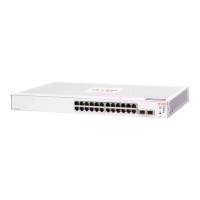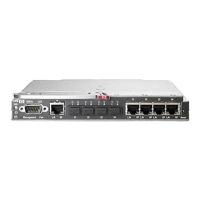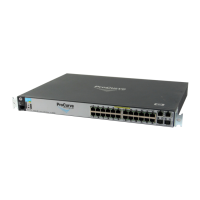Standards
Laser safety information
Technology Compatible with these
IEEE standards
EN/IEC standard
compliance
SFP Lasers
10-T
100-TX
1000-T
IEEE 802.3 10BASE-T
IEEE 802.3u 100BASE-TX
IEEE 802.3ab 1000BASE-T
100-FX IEEE 802.3u 100BASE-FX EN/IEC 60825 Class 1 Laser Product
Laser Klasse 1
1000-SX IEEE 802.3z 1000BASE-SX EN/IEC 60825 Class 1 Laser Product
Laser Klasse 1
1000-LX IEEE 802.3z 1000BASE-LX EN/IEC 60825 Class 1 Laser Product
Laser Klasse 1
Cabling and Technology Information Specifications
Twisted-pair copper 10 Mbps Operation Category 3, 4 or 5, 100-ohm unshielded twisted-pair (UTP)
or shielded twisted-pair (STP) cable, complying with IEEE
802.3 10BASE-T specifications.
100 Mbps Operation Category 5, 100-ohm UTP or STP cable, complying with
IEEE 802.3u 100BASE-TX specifications.
1000 Mbps Operation Category 5, 100-ohm 4-pair UTP or STP cable, complying
with IEEE 802.3ab 1000BASE-T specifications—Category
5e or better is recommended. See note on 1000BASE-T
Cable Requirements below.
Multimode fiber 62.5/125 μm or 50/125 μm (core/cladding) diameter, low
metal content, graded index fiber-optic cables, complying
with theITU-T G.651 and ISO/IEC 793-2 Type A1b or A1a
standards respectively.
1
Single mode fiber 9/125 μm (core/cladding) diameter, low metal content fiber-
optic cables, complying with the ITU-T G.652 and ISO/IEC
793-2 Type B1 standards.
1
A mode conditioning patch cord may be needed for some Gigabit-LX installations.
See Mode Conditioning Patch Cord on page 38 for more information.
Note on 1000BASE-T Cable Requirements. The Category 5 networking cables that work for 100BASE-TX
connections should also work for 1000BASE-T, as long as all four-pairs are connected. But, for the most
robust connections, you should use cabling that complies with the Category 5e specifications, as described in
Addendum 5 to the TIA-568-A standard (ANSI/TIA/EIA-568-A-5).
Standards 37
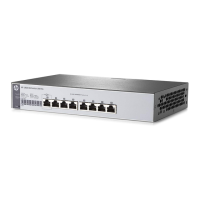
